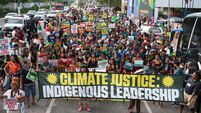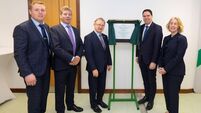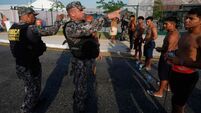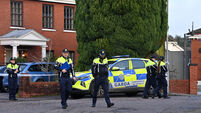Ten-year plan unveiled to minimise climate and tourism impact on Skellig Michael
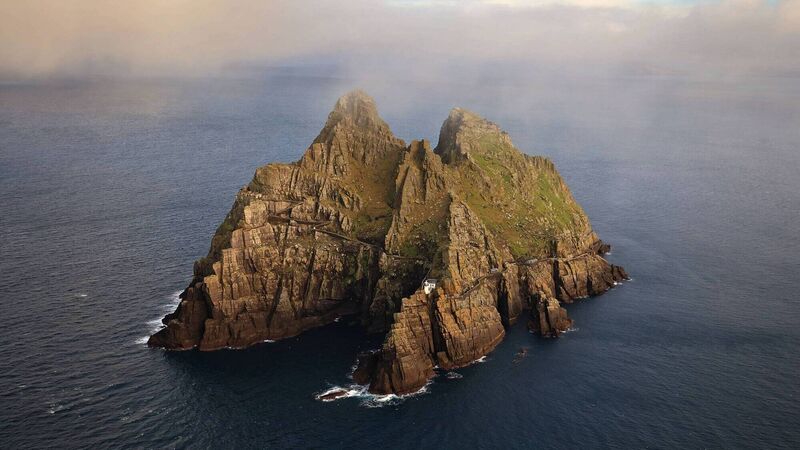
A framework for monitoring the impacts of climate change on Skellig Michael is to be created, as part of a new 10-year plan to protect, conserve, and promote the island
A framework for monitoring the impacts of climate change on Skellig Michael is to be created, as part of a new 10-year plan to protect, conserve, and promote the island.
A report published this month by the Department of Housing, Local Government and Heritage recommends over 90 actions aimed at preserving the site for future generations, while also managing visitor numbers.
The early medieval monastic site situated off the coast of Kerry experienced an influx of tourism and interest after it was a filming location for the recent Star Wars films.
It was recognised as a UNESCO World Heritage Property in 1996.
The management plan notes that regular maintenance and repairs are required at various points throughout the island, and notes the works that have taken place in recent decades.
It recognises that “though it does not have the capacity to accept large numbers of visitors [...] it nevertheless holds great importance in terms of its tourism brand value and attracts extensive visitor interest to the Iveagh Peninsula”.
However, the report noted that tourism to the island must be sustainable and said the management team intends to “maintain strict control over means of access and the number of visitors allowed” to the island.
It also noted that many tourists who visit Kerry don’t actually make a journey to the island, and instead may choose to view it from the mainland if in the area.
It suggests a new visitor experience based on the mainland to “deliver the desired elements of the Skellig Michael story to tourists”.
Noting the effect that climate change could have on Skellig Michael, the report said that its location makes it particularly vulnerable to the damaging effects of amplified storm and winds.
Increase in sea levels, sea swells and the increasing severity of storms have been affecting access to the landing pier, it said.
An increase in rainfall has also resulted in an increase in rockfall that is potentially a threat to the safety of visitors.
In 2017, a rockfall occurred near the guides’ accommodation and another occurred in July 2020 near to the OPW workers’ huts, it said.
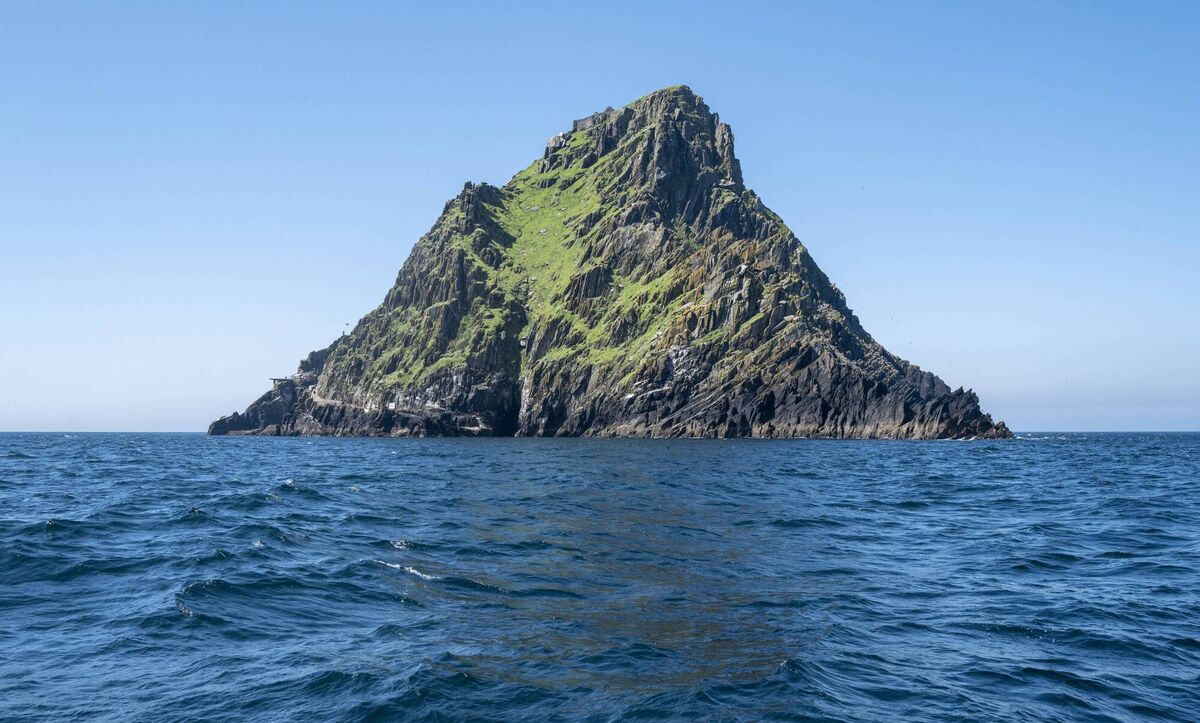
A climate vulnerability assessment of the island will assess the impacts and risks caused by climate change on the property and provide recommendations on how best to manage these risks.
Elsewhere in the plan, a number of measures are outlined across themes such as preserving the site’s heritage, natural heritage conservation, the sustainable management of tourists, outreach and research, and local engagement and stakeholder dialogue.
Minister of State Malcolm Noonan said: “This management plan will [...] mitigate the effects of climate change, which presents an increasing threat.
The report said that 24 submissions were received as part of the public consultation into the draft management plan, which include local community groups, NGOs and state-sponsored bodies such as the Heritage Council.
All of these submissions were considered and taken into account, the report stated.
The plan also recognizes its values as cultural, natural, socioeconomic, as well as highlighting its “intangible” value.
“The physical remains bear witness to the remarkable achievements of the monks, which cannot fail to invoke a sense of wonder and awe,” the report said.
“The sense of remoteness and removal from everyday life is further reinforced by the island’s distance from the mainland and its frequent inaccessibility due to the unpredictability of the weather and Atlantic Ocean.”
CLIMATE & SUSTAINABILITY HUB



